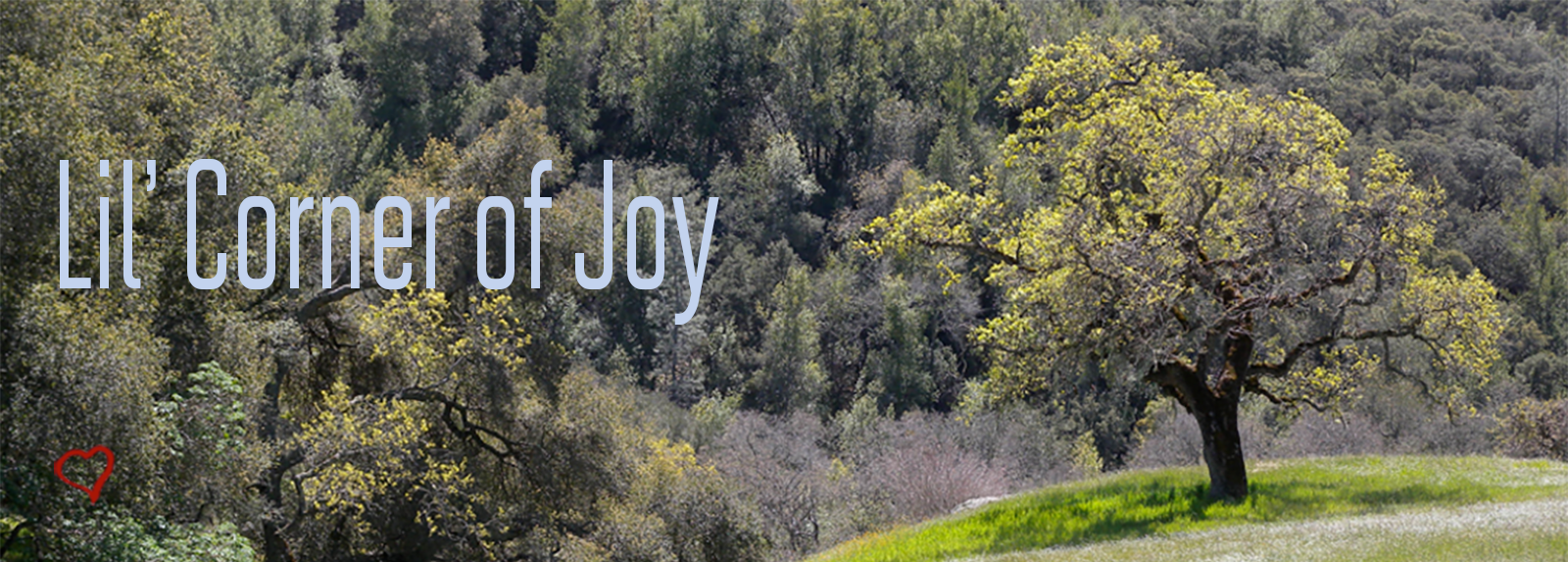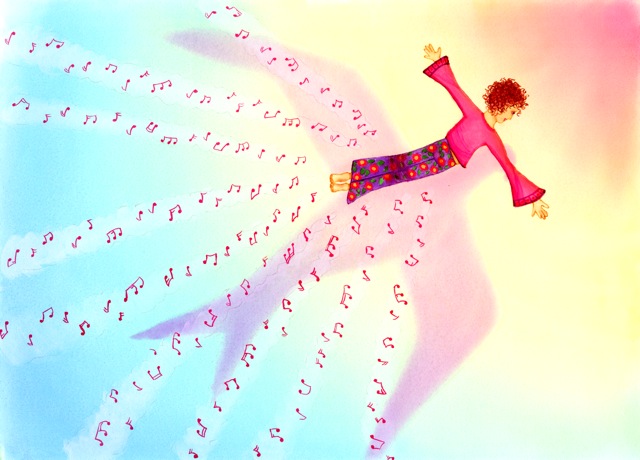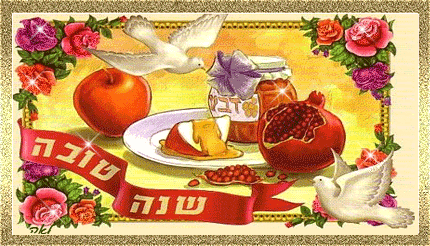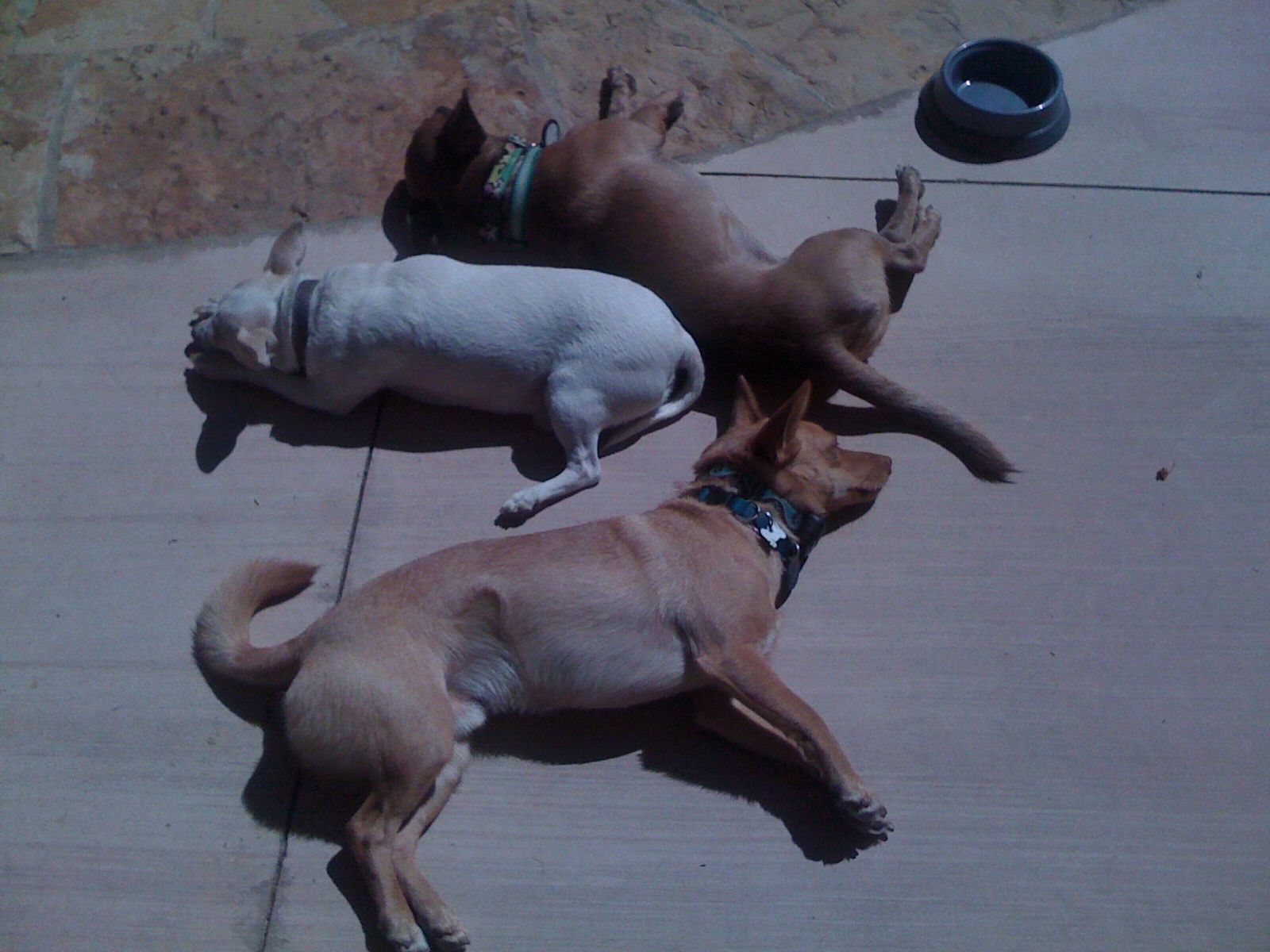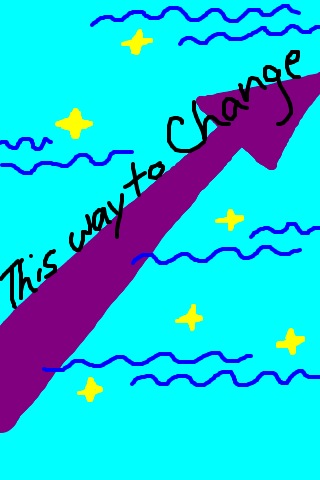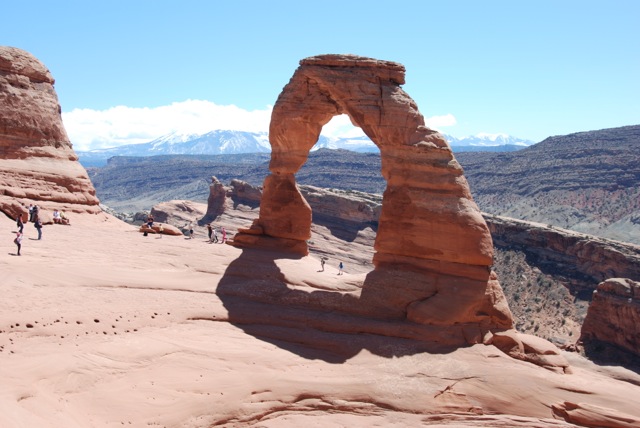One of the questions which often haunts me is what my purpose in life is. Is there a higher purpose? Am I here, on this earth, for something specific, something special? Am I meant to do something, or expected to do something, in order to fulfill a destiny? This question somehow both attracts and repels me. I dislike (and am ashamed of) the feeling of ego that seems to me almost gelatinously attached to it, as though I am somehow unique or different from other people. At the same time, however, I long for a higher purpose, for meaning, in what I do and the way I live.
Another problem with this obsession with a higher purpose, when combined with a thread of (both inherited and nurtured) over-achiever-ness, is that no matter what I do, I never feel it is enough unless it brings fame and fortune. This means, for example, that I can’t just write a book. It needs to be on the best seller list and change people’s lives. Not an easy task, to say the least, when you’ve only got a few words on the page and are not quite sure where the plot and characters are going next.
The other day, while talking about this higher purpose business, my IMC mentor asked me what I see when I look inside — what is most important to me in there. I looked inside myself, and a tree materialized, clear as day. “There is a tree inside me,” I answered. But how is a tree a higher purpose? Can I connect it somehow to a higher purpose? My thoughts churned: hiking, climbing, protecting nature, growing tall, expanding….. aaaaaghhhhh! Too much obsessing!
I like the idea of having a tree inside, of my essence being the essence of a tree, even if I am not sure I understand what it means. After all, I love trees. I hug trees. I kiss trees (I really do). Then, on Sunday, at a group conversation about this subject at Insight Meditation Center, someone said, “A Tree does not feel the need to have a life purpose.” A part of me leaped at this sentence. Is it true? It can’t be, I thought. A tree gives us and other animals food and shelter, shade, oxygen, a place to rest, an appreciation of beauty. What is more a purpose than that?

I started to play with this idea in my mind. Do peach trees feel superior somehow to a Joshua tree because they give fruit and can provide (at least in the spring and summer) more shade? Or does a Joshua tree feel superior because, in the California desert, it is really the only tree there? Do trees care about these gifts they give to us, or do they simply give them, without asking for either internal or external recognition? And, if the essence of trees is also their higher purpose, could I apply it to my question by saying, what could be a better way to achieve a higher purpose than by simply being me?
Perhaps, after all, this is the difference between animals, plants and humans. We humans continually search for more. We don’t just write a book because we want to write a book. We write because we want other people to read it. We don’t just live our life — we continually seek to influence others, change others, make an impact. Trees breathe in CO2 and breathe out oxygen. They extend their limbs to the sun. In spring they renew their coat of leaves and in fall they drop them. They allow tiny blooms to blossom out and fruit to grow without a need for any to see or use them. If one blossom is never visited by a bee, the tree does not think it is a failure. If fruit drops on the ground uneaten, the tree doesn’t obsess about the waste. Whatever comes, comes. Whatever is, is. The tree, stoically, just “be”s.
What I would like to happen, in all areas of my life, is exactly this: this calm, stoic, quintessential being. Writing a book because I want to write. Working with the Reiki because I wish to give Reiki. Spending time with the kids, with Dar, and the dogs because I wish to spend time with them. I wish for my higher purpose to be just being. No proving anything to anyone, no trying hard to be different or more than what I am. Just to be, happy with being what I am right here, right now. A tree.
